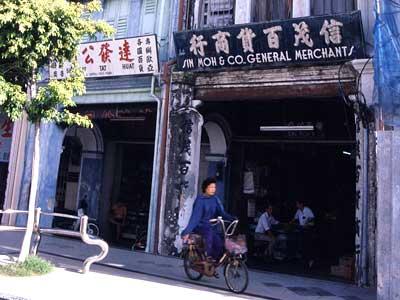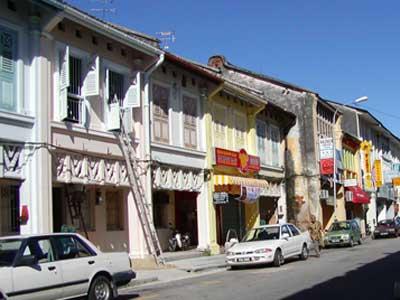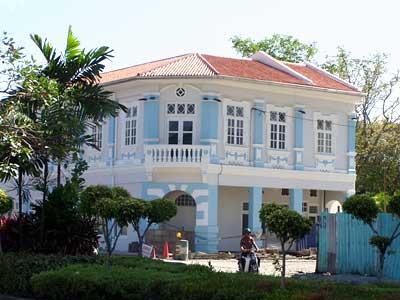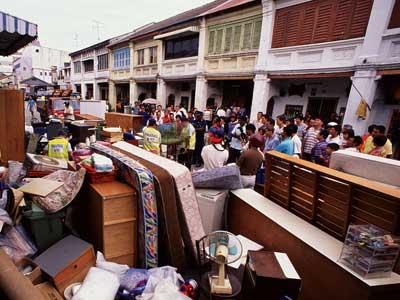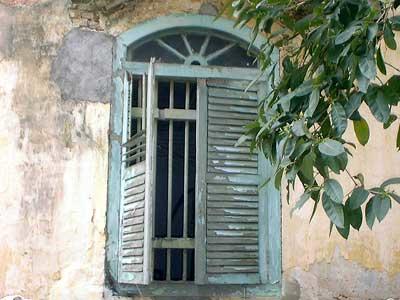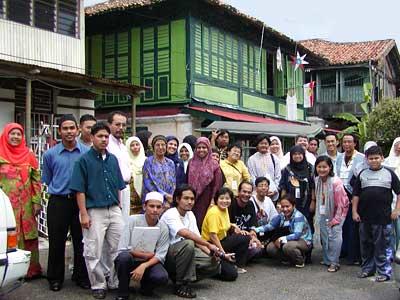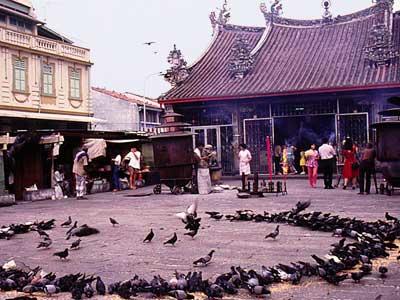George Town, established as a British trading port in 1786, displays its vivid and varied cultural heritage through the array of buildings and architectural styles found along its streets. Malay, Chinese, Indian, and European cultural influences are evident in the more than 5,000 houses, shops, schools, churches, mosques, temples, and shrines. The capital of Penang Island, George Town has maintained its original city plan but, like most historic urban centers, faces development pressures. Many of the city's vernacular buildings had been protected by default through the Rent Control Act of 1966, which made the eviction of tenants difficult and provided no incentive for landlords to alter, demolish, or reconstruct buildings. In January 2000, however, the act was repealed and the streetscape began to change.
2000 and 2002 World Monuments Watch
In 2005, through support from WMF and American Express, an 1870s structure within the George Town Historic Enclave was restored and used by the Penang Heritage Trust as a model to further its mission to protect the most significant buildings in the community. Modern renovations and additions were removed and replaced by historically sensitive materials in traditional architectural styles. The Penang Heritage Trust’s public use of the site within the core of the mercantile, historic zone of George Town served as a catalyst for further preservation and revitalization of the district. The project provided training in traditional construction techniques for carpenters and contractors. Upon completion, explanatory texts and images were placed prominently on site to explain the process and benefits of restoration to the public. Long-term maintenance and site management plans were also designed to guide further advocacy and implementation efforts.
George Town Historic Enclave contains one of the largest surviving ensembles of pre-Second World War buildings in Southeast Asia—numbering numbering nearly 5,000 and including vernacular and religious structures. Additionally, the city has maintained some first-generation brick buildings in the old historic core that date between 1790 and 1870. These include over 100 religious structures. The area consists of vibrant, multicultural historic communities where religious festivals and traditional lifestyles remain highly visible. Communities that have lived in the inner city for generations continue their unique traditions that have been passed down since George Town was an important colonial outpost, linking East and West, along the Straits of Malacca trade route.

